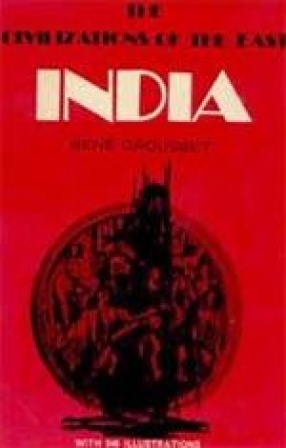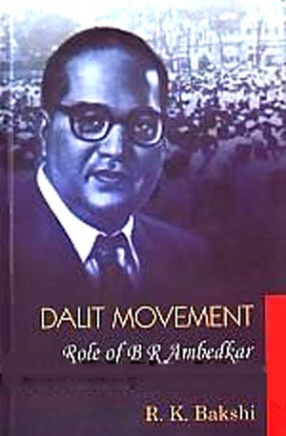Rene Grousset’s The Civilizations of the East: India is regarded to be the most valuable introduction to the history of civilization and art of India. The area of study, in the present volume, has been divided into three main chapters, Buddhist and Brahman India, Farther India, and the Malay Archipelago and Muslim India, thus covering a diverse area over an immense time. In the first chapter, beginning with the Indus Valley Civilization, followed by a brief background of the Aryans, Grousset turns his attention to Buddhist art and discusses its genesis and efflorescence. In dealing with the Gandhara or the Greco-Buddhist school of art, Grousset out of its exceptional importance in the general history of art calls it to be the easternmost school of Greco-Roman art of Asia, working in the cause of Buddhism. Particularly illuminating in the book are the portions dealing with the stucco figures from Hadda, near Jalalabad, datable between the third and the fifth centuries. The next important chapter in the history of Indian art is the Gupta school which, in Grousset’s view, marks the birth of a new aesthetic ideal of India. Grousset thus succeeds in presenting the evolving themes of Indian art through successive periods while also discussing the Indian art traditions in sculptures, paintings, bronzes, etc. In the chapter on extra-Indian influences, Grousset discusses and describes the homogeneity in art forms during the sixth and twelfth centuries in the areas which are considered to be forming part of the ‘Greater India’, and covers the entire range of art in Java, Cambodia, Siam and western and southern Indo-China. In this context the important schools of art viz., Khmer art, Cham art and the Siamese art are also analyzed. In the final chapter, on Muslim India, after sketching briefly the Indo-Muslim architecture, Grousset proceeds on to describe in detail the Mogul and the Rajput painting and shows how the letter was stimulated and influenced by the former. In this episodic work, Grousset has succeeded in conveying the spirit of Indian art in its various ramifications. The text, with 249 illustrations include some of the finest examples of Indian art in the European collections, is marked by an intimacy of style and lucidity of expression.
The Civilizations of the East: India
In stock
Free & Quick Delivery Worldwide
reviews
Bibliographic information
Title
The Civilizations of the East: India
Author
Edition
1st. Ed.
Publisher
ISBN
8121503620
Length
414p., Illustrations.
Subjects






There are no reviews yet.